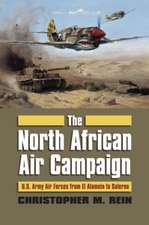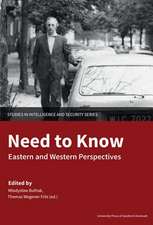Farming the Dust Bowl (P)
Autor Lawrence Svobida Editat de R. Douglas Hurten Limba Engleză Paperback – 31 mar 1986
"Farming the Cutover" describes the visions and accomplishments of these settlers from their own perspective. People of the cutover managed to forge lives relatively independent of market pressures; and for this they were characterized as backward by outsiders and their part of the state was seen as a hideout for organized crime figures. State and federal planners, county agents, and agriculture professors eventually determined that the cutover could be engineered and the lives of its inhabitants improved. By 1940, they had begun to implement public policies that discouraged farming and they eventually decided that the region should be depopulated and the forests replanted.
By exploring the history of an eighteen-county region, Robert Gough illustrates the travails of farming in "marginal" areas. He juxtaposes the social history of the farmers with the opinions and programs of the experts who sought to improve the region, and shows how what occurred in the Wisconsin cutover anticipated the sweeping changes that would transform American agriculture after World War II. "Farming the Cutover" is a readable story of the hopes and failures of people who struggled to build new lives in an inhospitable environment. It makes an important counterpoint to Turnerian myths and the more commonly-told success stories of farming history."
Preț: 197.28 lei
Nou
Puncte Express: 296
Preț estimativ în valută:
37.75€ • 40.37$ • 31.47£
37.75€ • 40.37$ • 31.47£
Carte disponibilă
Livrare economică 27 martie-10 aprilie
Preluare comenzi: 021 569.72.76
Specificații
ISBN-13: 9780700602902
ISBN-10: 0700602909
Pagini: 256
Dimensiuni: 140 x 215 x 14 mm
Greutate: 0.3 kg
Editura: University Press of Kansas
ISBN-10: 0700602909
Pagini: 256
Dimensiuni: 140 x 215 x 14 mm
Greutate: 0.3 kg
Editura: University Press of Kansas
Textul de pe ultima copertă
This is the story of Lawrence Svobida, a Kansas wheat farmer who fought searing drought, wind, erosion, and economic hard times in the Dust Bowl. It is a vivid account by a farmer who pitted his physical strength, mental faculties, and financial resources against the environment as nature wreaked havoc across the southern Great Plains. Svobida's description of Dust Bowl agriculture is important not only because it accurately describes farming in that region but also because it is one of the few first-hand accounts that remain of the frightening and still haunting dust-laden decade of the 1930's.














